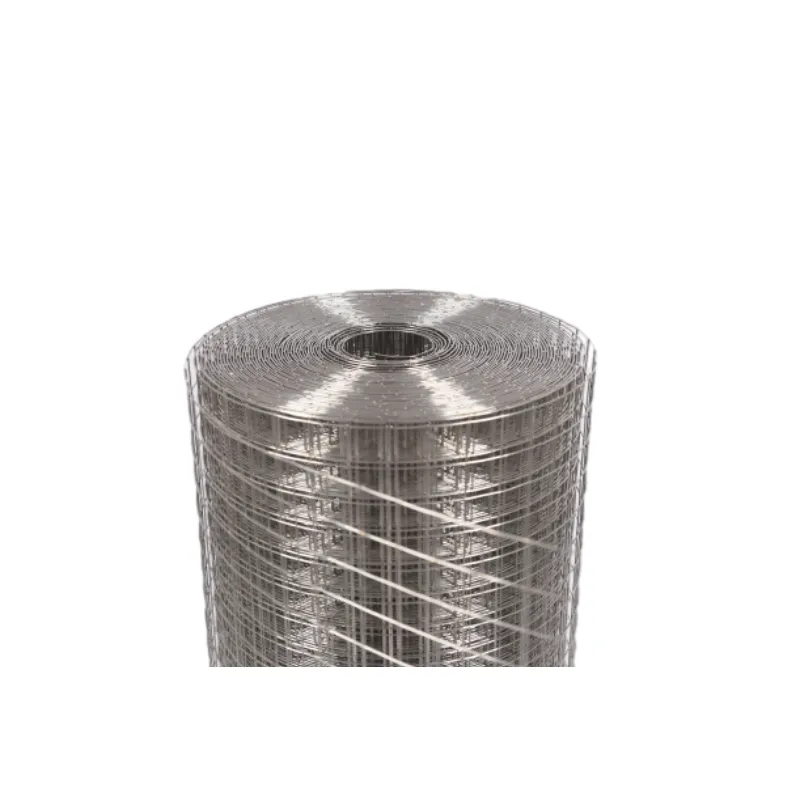
- Afrikaans
- Albanian
- Arabic
- Armenian
- Azerbaijani
- Basque
- Belarusian
- Bengali
- Bosnian
- Bulgarian
- Croatian
- Czech
- Danish
- Dutch
- English
- Esperanto
- Estonian
- Finnish
- French
- Galician
- Georgian
- German
- Greek
- hawaiian
- Hindi
- Hungarian
- Indonesian
- irish
- Italian
- Lao
- Latvian
- Lithuanian
- Luxembourgish
- Macedonian
- Maltese
- Myanmar
- Norwegian
- Polish
- Portuguese
- Romanian
- Russian
- Serbian
- Slovak
- Somali
- Spanish
- Swedish
- Thai
- Turkish
- Turkmen
- Vietnamese
дец . 03, 2024 16:41 Back to list
installing welded wire fence on uneven ground
Installing Welded Wire Fence on Uneven Ground A Comprehensive Guide
Installing a welded wire fence on uneven ground can pose unique challenges, but with the right approach and a bit of creativity, it is entirely feasible. A well-constructed welded wire fence not only enhances the aesthetic appeal of your property but also provides security and containment for pets, livestock, and gardens. In this guide, we will explore the steps and considerations necessary for a successful installation on uneven terrain.
Understanding the Terrain
Before you begin the installation, it is essential to assess the uneven ground where you plan to erect your fence. Look for slopes, dips, and any features that could affect the fence's stability and appearance. Take measurements of the entire area and note any significant elevations or depressions. This evaluation will inform the type of fence posts and installation methods you will need.
Planning Your Fence Layout
Once you understand the terrain, sketch out your fence layout. It is crucial to determine where each section of the welded wire will be placed and how you will handle changes in elevation. If sections of the fence will be higher or lower, consider using varying lengths of posts to accommodate these changes. If the elevation difference is minimal, you can use a continuous run of wire fence by following the contour of the ground.
Choosing the Right Materials
For installing welded wire fencing, you will require several materials - Welded wire fencing This is available in various heights and widths. Choose a type suitable for your specific needs, whether for gardening, livestock, or security. - Fence posts Depending on the terrain, you may opt for wooden or metal posts. Metal posts tend to be more durable and can be easier to install on uneven ground. - Post anchors or concrete Secure your posts using anchors or concrete for stability, especially on sloped terrain. - Tools You’ll need a post-hole digger, a level, wire cutters, pliers, and other standard fencing tools.
Installation Steps
1. Mark the Fence Line Use stakes and string to outline the path of your fence. This visual guide helps ensure a straight line and allows you to make adjustments as necessary.
installing welded wire fence on uneven ground

2. Dig Post Holes For each fence post, dig a post hole according to the required depth and width (typically 2 feet deep for stability). When working on uneven ground, you may need to adjust the depth of some holes to maintain a consistent fence height.
3. Set the Posts Place the posts in their holes, ensuring they are plumb using a level. For sloped areas, you might need to cut down some posts while leaving others taller to follow the contour smoothly. Fill the holes with either dirt or concrete to secure them firmly.
4. Install the Wire Fencing Once the posts are set and secured, roll out the welded wire fencing along the length of the posts. Attach it securely to the posts using fencing staples or ties. If there are notable inclines, bend the wire gently to conform to the terrain.
5. Adjust for Aesthetics Ensure that the top line of the welded wire is as level as possible, which might require you to trim or adjust the posts. If there are significant dips, consider using additional fencing or gates to create a more finished look.
6. Finishing Touches After the wire is installed, go through and tighten any loose sections. Trim excess wire and ensure that the fence is not only functional but also visually pleasing.
Maintenance and Troubleshooting
After installation, regular maintenance is crucial. Inspect the fence periodically to ensure there are no damaged sections, and check that the posts remain secure, especially following severe weather. Adjustments may be necessary over time as the ground settles.
Conclusion
Installing a welded wire fence on uneven ground is a manageable task when approached with careful planning and execution. By understanding the terrain, choosing the right materials, and following a systematic installation process, you can create a durable and visually appealing fence that meets your needs. With a bit of creativity and hard work, your property will be securely enclosed and beautiful, regardless of the terrain's challenges.
-
Versatile Sheep and Livestock Hurdles for Sale
NewsApr.14,2025
-
The Rise of BRC Fencing
NewsApr.14,2025
-
High-Quality Cattle and Horse Panels for Sale
NewsApr.14,2025
-
Durable Cattle Fencing Solutions
NewsApr.14,2025
-
Double Wire Fencing Solutions
NewsApr.14,2025
-
360 Degree Protection with 358 Anti-Climb Fences
NewsApr.14,2025









